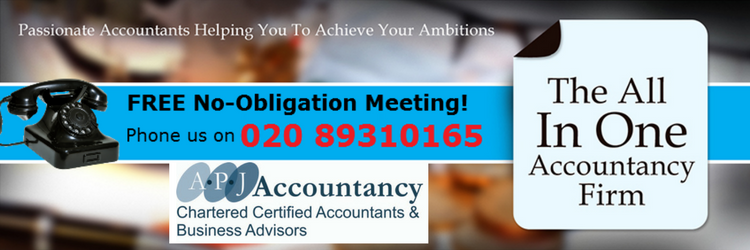Coaching - NOT an implication of failure
In the past, coaching was not offered as a benefit but mandated to those who were failing to achieve their workplace goals. The term "coaching" was synonymous with "remedial training" and carried an implication of failure. Fortunately, those days have passed and savvy business leaders and HR professionals have realised that coaching can be a great benefit for high performers.Traditionally employers have turned to training programmes to develop talented employee’s skills. However in recent years that trend has been shifting towards a newer tool for talent management: management coaching.
What is Management Coaching?
Technically the term "management coaching" applies to the act of coaching C-level employees; but more recently this type of support has been offered to mid-level managers and high potential employees across firms. Regardless of the intended audience, the goals are largely the same - to improve the effectiveness and enhance the performance of the individual, with the intent of improving the business as a whole.How does it work?
The core value of coaching is in its ability to focus on the specific needs of the individual as viewed through the lens of their firm’s ecosystem. While training can develop general skills such as time management or planning, coaching allows the manager to focus on the exact challenges of their personal environment, and to develop targeted strategies to overcome them. This combination of the trusted adviser relationship and intense focus on applicable skills makes coaching one of the fastest and most effective tools in resolving workplace performance issues.A further benefit of management coaching is its focus on the development of skills by the individual being coached. Rather than forming a dependent relationship where the manager must always rely on (and have access to) their mentor, an effective coach will work to reduce the amount their client depends on them, thus building confidence and self-sufficiency in the recipient of the coaching.
GROW Model for Coaching
Some coaches employ the Goal, Reality, Options and Will (GROW) model. By defining the goal, accounting for the current realities of the environment in which the individual operates, finding options to achieve the goal and then applying the individual's will or commitment to complete the process, coaches can lead managers through a structured process to achieve their targets.Other coaches use a holistic model to incorporate aspects of self-awareness and personal growth into the process of developing the manager's leadership abilities.




